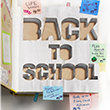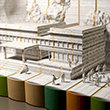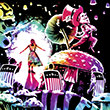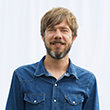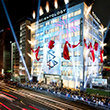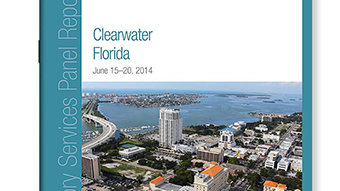Perspective
Pontus Westerberg On Future Building
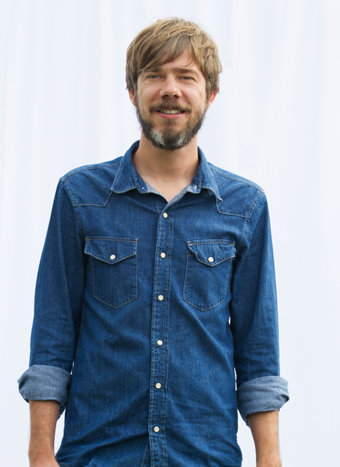
Pontus Westerberg is a transparency and digital projects officer for UN-Habitat, a United Nations program supporting the development of socially and environmentally sustainable cities.
Westerberg, a native of Sweden, coordinates Block by Block, an innovative partnership between UN-Habitat and Mojang, the makers of Minecraft, a popular ‘sandbox’ computer game in which players create and break apart three-dimensional worlds built from cubes.
Freedom reached Westerberg at his office in Nairobi, Kenya, via Skype, for a discussion on how Block by Block uses Minecraft as a community participation tool in urban rehabilitation and development projects around the world.
How did Block by Block get started?
UN-Habitat first got in touch with Mojang in 2012, and they were very receptive. They loved the idea of their game being used to engage communities—particularly young people—in real-world urban design challenges.
It’s proven to be an enormously effective partnership. Block by Block has helped to drive participation in 15 urban revitalization projects, in places like Haiti, Nepal, India, Rwanda, Kenya, Somalia, Peru, the Philippines and Bangladesh.
How does a computer game encourage community participation in urban planning?
The magic of Minecraft in this case is how it changes some of the power relationships between experts and ordinary people. And that’s really nice to see.
I was in Kirtipur, Nepal, near Kathmandu, about four months ago. On the first day of a public meeting, we had a lot of young people as well as professionals attend—urban planners and architectural professors from the local university. In that kind of setting, it’s typically impossible to get a 14- or 15-year-old to stand up and speak in front of all of these pros in their fields.
We took the young people away for two days to use Minecraft to develop their ideas. Then we brought everyone back together on the final day so the young people could present their ideas to the experts. And the level of confidence you saw in these teens and young adults was just fantastic. They stood up for their work and were really proud of the work they had done. That, for me, is everything. That told me that if we weren’t running this program, we would be missing a really important voice in the process.
What are some examples of Block by Block urban development projects?
There was one project in Les Cayes, Haiti, in a very poor area, where we had local people design a play park upgrade that would prevent flooding from the ocean. A group of fishermen who couldn’t read or write and had no computer literacy were able to design a plan for the park using Minecraft.
We did another project in Kibera, a very large slum of Nairobi, to upgrade a sports field. There was a dispute between a group of young people who used it as a football field and a group of older women who used part of the field as a market. Neither side would budge. But Minecraft allowed both sides to see in a 3D model how both uses could work together in one space. And that helped to settle it.
It can be rough for people to conceptualize if they’re only looking at two-dimensional plans—and the less education they have, the more difficult it is. But this game bridges that gap, among all classes and levels of understanding. Minecraft is super easy to learn, is intuitive and instinctive, and gives you everything in vivid 3D, which helps people really start visualizing their ideas.
How do these projects typically play out?
Once we identify a project location, we work with a Minecraft ‘modding’ group to build that region inside the game. Then we invite community members to visualize their ideas for the space inside the Minecraft digital landscape.
It’s great seeing groups of people sitting around the computer and working together in this way. I think Minecraft’s multiplayer element is really fascinating. People come into a game and pick up roles like in real life. There are designers doing the layout, builders and project managers.
Once the redesign is approved, the Minecraft map is taken to an architect and turned into a real plan. So it’s quite a collaborative process.
How is all this funded?
That’s a very important aspect, since each of these redesign projects tends to cost in the neighborhood of $100,000 and there are about 300 in the pipeline that we hope to tackle by 2017.
We raise funds for our projects through a combination of crowdfunding campaigns and online solicitations. Also, Mojang and the digital game Humble Bundle donate a percentage of the sales of Minecraft-affiliated gear.
So, gaming is real work. The kids of the world will be happy to hear that.
Quite right. The thing is, these kids who are using Minecraft to build these fantastic cities and structures are going to be the urban planners of the future.
What’s fascinating is that the game works equally well as a tool for older people. Initially, we planned to target only younger users with Minecraft, but we found that, after just some basic training, it’s amazing how quickly people of all ages and backgrounds pick it up. So now our projects are designed for a mix of all ages, which is great because the world’s cities are too.

